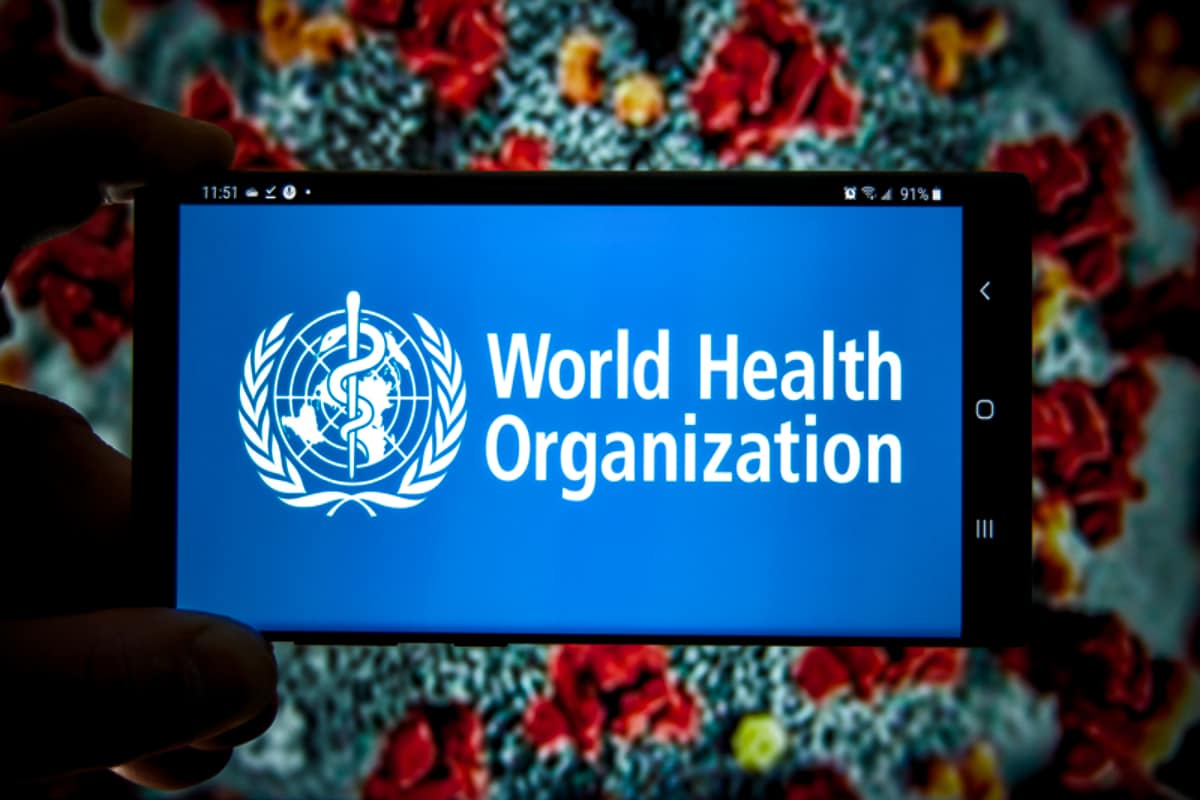The World Health Organisation’s International Agency for Research on Cancer estimates more than 35 million new cancer cases in 2050. This represents a 77% increase from the estimated 20 million cancer cases that occurred in 2022.
WHO blamed the rising cancer rates on an ageing population, along with tobacco, alcohol, obesity and exposure to air pollution.
WHO ignored the emergence of rapid-growing “turbo cancers” in people who have received one or more covid-19 injections. Many of these cancers are showing up in young people, many under age 30, with no family history of cancer.
Treatment protocols are available to help recover from post-injection injuries.
The World Health Organisation’s International Agency for Research on Cancer (“IARC”) released a daunting prediction of the global cancer burden. It estimates more than 35 million new cancer cases in 2050 – a 77% increase from the estimated 20 million cancer cases that occurred in 2022.1
While WHO named an ageing population as a key driver behind the increasing cancer burden, along with tobacco, alcohol, obesity and exposure to air pollution, what they’re ignoring is the concerning trend of turbo cancers that occur shortly after COVID-19 shots.
Cancer Cases Set to Increase Significantly by 2050
The IARC cancer burden estimates are based on the “best sources of data available in [185] countries in 2022.”2 That year, there were an estimated 20 million new cancer cases and 9.7 million deaths, with WHO reporting, “About 1 in 5 people develop cancer in their lifetime, approximately 1 in 9 men and 1 in 12 women die from the disease.”3
About two-thirds of the new cancer cases and deaths were caused by 10 types of cancer. Lung cancer was most common, followed by female breast cancer, colorectal cancer, prostate cancer and stomach cancer. When broken down by sex, breast cancer was the most commonly diagnosed – and the leading cause of cancer death – among women. For men, it was lung cancer.
Lung cancer and colorectal cancer accounted for the second and third most diagnosed types and cause of most deaths among women. However, for men, prostate and colorectal cancers were second and third most common, while liver and colorectal cancer caused the second and third most cancer deaths.4
There were also disparities revealed based on the human development index (“HDI”), a statistical tool that assesses three dimensions of human development: a long and healthy life, access to knowledge (schooling) and a decent standard of living. According to WHO:5
God Bless You and Your Families!
Love,![]()
![]()

Please think about donating below.


